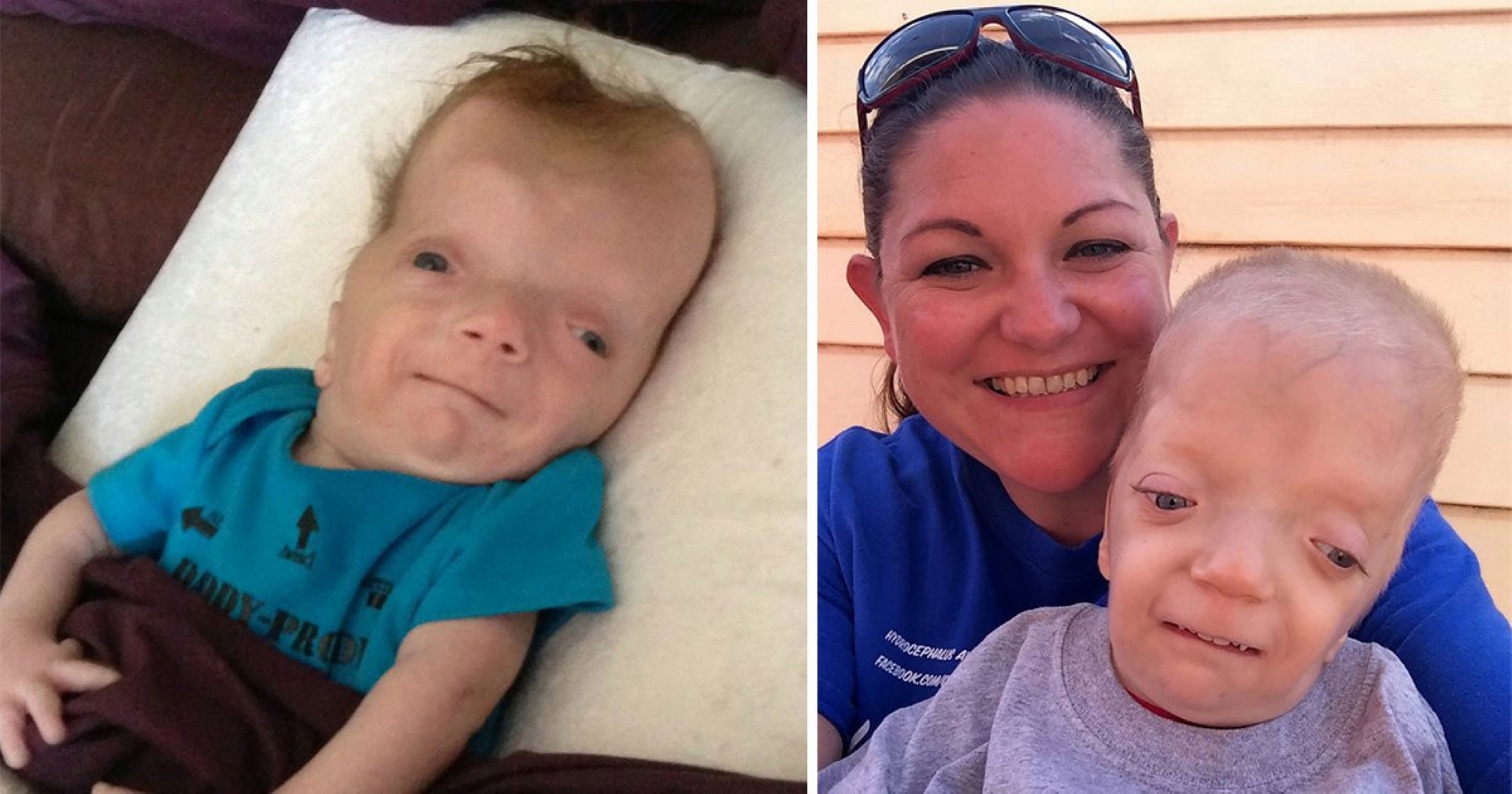- Newsletter
Grayson's Syndrome (Grayson-Wilbrandt Corneal Dystrophy)
What is Grayson’s Syndrome?
Grayson’s Syndrome, also known as Grayson-Wilbrandt Corneal Dystrophy (GWCD), is a very rare type of corneal dystrophy characterized by varying patterns of opacification in the Bowman layer of the cornea that extend anteriorly into the epithelium, with reduced to normal visual acuity.
Corneal dystrophies are a collection of hereditary diseases that affect the cornea. The cornea, the transparent outer layer of the eye, is affected. There are two purposes for the clear cornea. It bends light entering the eye onto the lens and shields the eye from germs and irritants.
Corneal dystrophies are divided into three categories based on how much of the cornea they impact. In the outer cornea, anterior dystrophies are more common. The middle level is more commonly affected by stromal dystrophies. In the inner or deep corneal layers, posterior dystrophies occur. Anterior dystrophy is Grayson’s Syndrome. It’s a type of Reis-Bucklers dystrophy in which the Bowman’s layer of the cornea is affected. One of two superficial layers that make up the cornea’s outer layer is the acellular Bowman’s layer. It is located just beneath the corneal epithelium, which is the outermost layer of the cornea.
Abnormal extracellular material builds up in the layers of the cornea in corneal dystrophies. Depending on the severity, this may or may not induce symptoms. The buildups in Grayson’s Syndrome produce opaque regions in the cornea. This results in varying degrees of reduced visual acuity. Grayson’s Syndrome also produces inflammation, lesions, and erosions in the eyes. The disease progresses, with symptoms getting worse over time.
Grayson’s Syndrome, like all corneal dystrophies, is a hereditary disorder. It is inherited in an autosomal dominant form. If only one parent carries a faulty gene, a kid can inherit the condition. If a parent has the disease, each child has a 50% chance of developing it as well. Grayson’s Syndrome develops in children who inherit a defective gene by the age of 20.
If the symptoms of Grayson’s Syndrome are minimal, therapy may not be required. Eye ointments and eye drops can aid in the healing of corneal ulcers and erosions. In some circumstances, special contact lenses, laser therapy, and corneal transplantation are also options.
If you experience any vision changes or other eye complaints, see an eye doctor immediately. Routine vision examinations are usually included in well-child checkups. Seeing a doctor on a frequent basis can aid in the early detection of potential problems. Genetic testing may be able to detect corneal dystrophy if your family has a history of it.
What are the symptoms of Grayson’s Syndrome?
A loss in visual acuity is the most common sign of Grayson’s Syndrome. The deposition of material in the Bowman’s layer of the cornea causes this. The center of vision usually gets fuzzy, but the periphery vision may remain quite clear.
Eye irritation, corneal lesions, and blister-like erosions are other symptoms of Grayson’s Syndrome. The irritation can make you feel as if something is continuously in your eye. Corneal edema and pain can result from lesions and erosions. The corneal surface becomes scarred and uneven when lesions grow and heal. This contributes to a decline in visual acuity. The condition worsens with age, and the symptoms become more severe.
If you experience changes in your vision or other eye symptoms, consult your doctor as soon as possible. These problems can be caused by a variety of factors. It is critical to have an accurate diagnosis in order to effectively manage the problem.

Causes of Grayson’s Syndrome
Grayson’s Syndrome is a hereditary condition characterized by aberrant extracellular material synthesis and buildup within the clear cornea. It is inherited in an autosomal dominant form. To put it another way, a child can be born with a condition if only one parent has an aberrant gene. A couple’s chances of acquiring the disease increase by 50% with each kid they have.
Grayson’s Syndrome develops in the first two decades of life if a child inherits the gene. It results in abnormal material deposits in the Bowman’s layer of the cornea. The deposits create opaque patches that make it difficult to see clearly. They can also irritate the eyes and create other symptoms.
Risk Factors of Grayson’s Syndrome.
Grayson’s Syndrome is a hereditary condition, hence the risk factor for developing it is genetic. A child has a 50% chance of developing the disease if one of their parents has it. It usually appears before the age of 20.
Can you reduce your risk of developing Grayson’s Syndrome?
Grayson’s Syndrome cannot be prevented or reduced in any way. If you have the illness and are concerned about passing it on to your children, discuss genetic testing with your doctor. The best method to understand the danger to future children is to work with a genetic counselor. This healthcare expert can also assist you in navigating the complexities of deciding whether or not to have children.
Treatment of Grayson’s Syndrome
Treatment may not be indicated if the symptoms are minimal. Your doctor may advise that you be monitored on a regular basis to evaluate how the disease is progressing.
Doctors typically prescribe lubricating eye drops, eye ointments, and antibiotics to treat irritation, sores, and erosions. While the cornea heals, special contact lenses can help protect it from irritants. Laser therapy or ablation may be used to improve eyesight and treat erosions and scarring in some circumstances. The condition, however, is progressive, and symptoms and scars will worsen over time.
In severe cases, a corneal transplant may be necessary. It includes the removal of the diseased cornea and the replacement of it with a donor cornea. It’s possible that recurrence will occur in the fresh graft.
Complications of Grayson’s Syndrome?
Grayson’s Syndrome is a chronic illness. It usually appears before the age of 20 and becomes more severe after the age of 40. Corneal dystrophies seldom result in full blindness.

- Library



